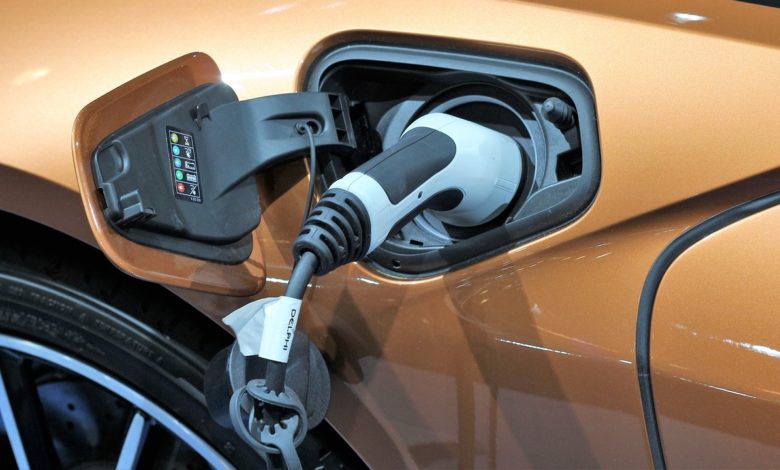Compound Containing Silver Could Replace Lithium Batteries and Other Silver News

Researchers at Duke University are experimenting with replacing lithium in batteries with argyrodite, a mineral that contains silver along with other elements.
This could further increase the demand for silver and tax an already strained silver supply.
According to an article in the latest edition of Silver News published by the Silver Institute, replacing lithium with argyrodite could produce safer, longer-lasting batteries.
The main advantage to using argyrodite is that it allows a battery to be ‘solid state’ meaning there are no electrolyte liquids in the battery as there is with lithium cells. The liquids make batteries sensitive to high temperatures which not only cause gradual degradation but can also produce what engineers classify as ‘thermal catastrophes’ – fire and explosions.”
Lithium batteries are used in many applications, including electric vehicles (EVs).
Argyrodite is made up of silver, selenium and tin. It provides a stable structure where silver atoms can move around, which, in turn, helps to produce an electric current.
Duke associate professor of mechanical engineering Olivier Delaire said the race is on to come up with an alternative to lithium batteries.
Every electric vehicle manufacturer is trying to move to new solid-state battery designs, but none of them are disclosing which compositions they’re betting on. Winning that race would be a game changer because cars could charge faster, last longer and be safer all at once.”
Record global silver demand and a lack of supply upside contributed to a 237.7 million ounce market deficit in 2022. Demand is expected to continue to increase with more silver being used for green energy initiatives. An Australian study concluded that solar panel production could require most of the silver reserves by 2050.
This is just one of several technological advances using silver reported in the latest edition of Silver News.
- A team led by the University of Houston has discovered that silver nanoparticles used as solder can connect the hot and cold sides of the thermoelectric elements or modules, across a range of temperatures, without destroying silver’s excellent electrical conductivity property or melting from the heat. Thermoelectric materials – substances that produce electricity when heated – hold promise as a source of clean power from already existing sources of high temperatures that might go wasted such as from power plants or machines used in manufacturing.
- University of California at Los Angeles scientists have developed a process to produce soft, electrically-conductive fibers at room temperature using a method that resembles the way in which spiders spin their webs. The resulting fiber can be used to make sensing gloves and smart face masks that are durable, stretchable, and electrically conductive, useful in a number of healthcare applications.
- Medical researchers from the UK and France have developed what they call a ‘smart bandage’ that produces UV light from light-emitting diodes (LED) without the need for batteries. This light helps to hasten healing. A silver-carbon component makes these smart bandages possible.
- Using membranes to separate pollutants such as oil from water is a critical tool in keeping water clean. Unfortunately, this common barrier system often breaks down because the membranes themselves must be replaced often. Chinese scientists have produced a membrane by ‘electrospinning,’ a process in which drops of a liquid polymer are hit with an electric current and stretched into fibers. The result is a membrane that is 99% effective at separating petroleum from water. To make the membrane’s texture rougher – which offers greater surface area and more efficiency – they have added silver nanoparticles.
- A silver and glass mixture shows promise in speeding up wound care. Researchers at the University of Birmingham in England found that a silver-bioglass combination is five times more effective against pseudomonas aeruginosa, a bacterium that is often spread in hospitals through contaminated hands, equipment, and surfaces.
- Silver is a crucial component in the production of synthetic gas or ‘syngas,’ helping to take carbon dioxide pollution from manufacturing plants and, with little energy loss, turn it into synthetic natural gas to produce electricity as well as useful chemicals such as ammonia and synthetic petroleum. Now, silver has become a critical part of an ‘artificial leaf’ produced by scientists from the University of Cambridge (U.K.) that uses sunlight to convert water and carbon dioxide directly into ethanol and propanol.
Call 1-888-GOLD-160 and speak with a Precious Metals Specialist today!
Buka akaun dagangan patuh syariah anda di Weltrade.
Source link







